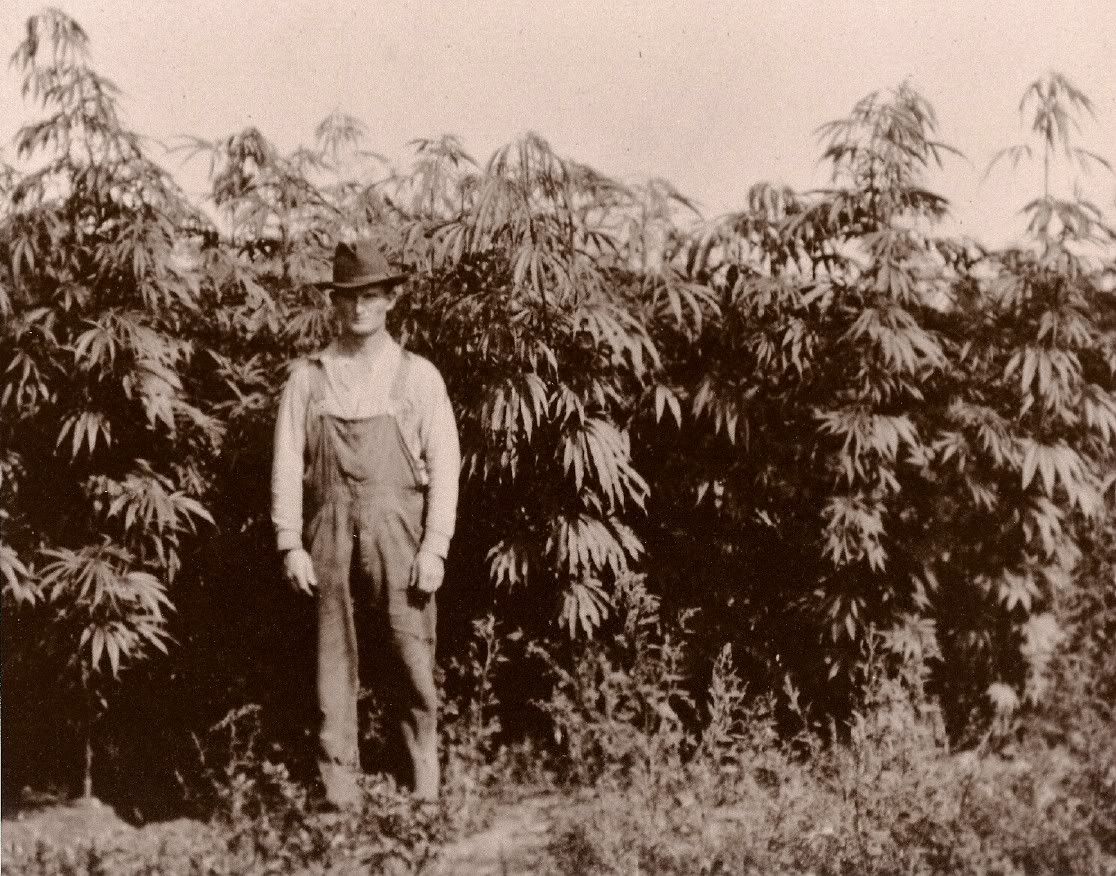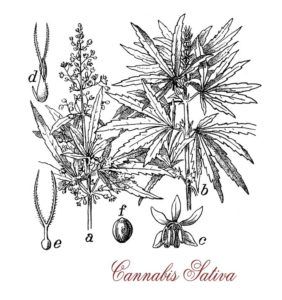1600-1890s: The US government encouraged farmers to grow hemp.
In the 17th century, farmers were encouraged growing hemp for producing rope, sails, paper, clothing, lighting oil and as many as 5,000 textile products.
In 1619, the Virginia Assembly passed legislation requiring every farmer to grow hemp. Hemp was allowed to be exchanged as a legal tender in Pennsylvania, Virginia, and Maryland.
Domestic production flourished until after the Civil War, when imports and other domestic materials replaced hemp for many purposes. In the late nineteenth century marijuana became a popular ingredient in many medicinal products and was sold openly to public pharmacies across the nation.
1900-20s: Mexican Immigrants introduce recreational use of marijuana.
After the Mexican Revolution of 1910, Mexican immigrants flooded into the U.S., introducing American culture the recreational use of marijuana. The drug became associated with all immigrants, and people bore fear and prejudice toward the Spanish-speaking newcomers that simply sought for a better life. Anti-drug campaigners warned against the encroaching “Marijuana Menace,” and terrible crimes were attributed to marijuana and the Mexicans who used it.
1930s: Fear Of Marijuana
During the Great Depression, massive unemployment increased public resentment and fear of Mexican immigrants, escalating public and governmental concern about the problem with marijuana. This instigated a flurry of research, which linked the use of marijuana with violence, crime, and other socially deviant behaviors (which clearly is false), primarily committed by underclass communities. By 1931, 29 states had outlawed marijuana.
1936: “Reefer Madness”
Propaganda film “Reefer Madness” was produced by French director Louis Gasnier.
The Motion Picture Association of America, composed of the major Hollywood studios, banned the showing of any narcotics in films.
1937: Marijuana Tax Act
Immediately after the negative propaganda film to coerce the American People that “weed is evil,” Congress passed a bill that was drafted by Harry Anslinger. The statute effectively criminalized marijuana, restricting possession of the drug to anyone who paid an excise tax for certain authorized medical and industrial uses.
1944: Fiorello La Guardia finds Marijuana less dangerous
New York City mayor issued a report to NYC Academy Of Medicine to do extensive research, and found that contrary to the earlier research and popular belief of the use of the drug, that it did not induce violence, insanity or sex crimes, or lead to addiction.
1944: “Hemp For Victory”
During World War II, imports of Hemp and other materials crucial for producing marine cordage, parachutes, and other military necessities became scarce. In response, the USDA launched its “Hemp For Victory” program, and once again encouraged farmers to plant hemp by giving out seeds and granting draft deferments to those who would stay home and grow hemp.




